What are F1 hybrid cannabis seeds?
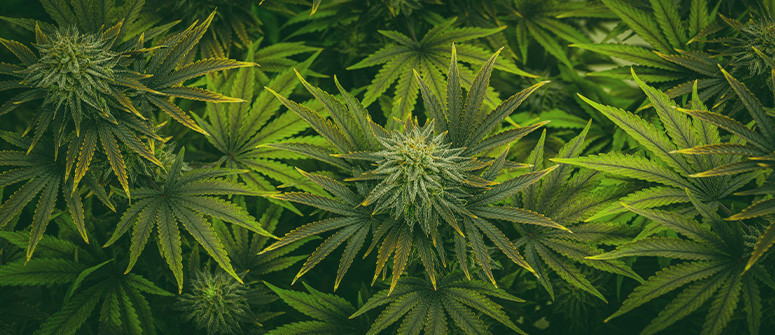
Understanding the technical terminology surrounding cannabis is helpful for cultivation and essential for breeding. Here, we explore the term "F1 hybrid" and shed some light on what it really means.
Contents:
Much like any topic, once you dive into the world of cannabis, you’ll uncover a whole dictionary’s worth of terms and phrases. One that gets used a lot, though often incorrectly, is “F1 hybrid”.
That said, “F1” has a very specific meaning when it comes to cannabis breeding and cultivation. In fact, without F1 hybrids, there would be no new strains!
In this article, we explore what F1s are and define some terms surrounding them, to shed a little light.
Understanding cannabis genetics
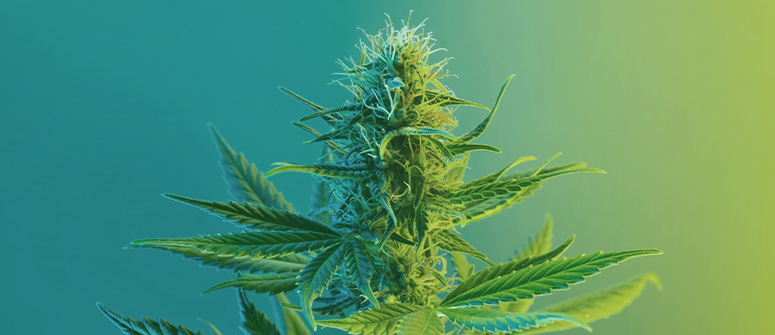
Though novice growers needn’t concern themselves with the nitty-gritty of cannabis genetics, having some knowledge of plant classification and breeding can help to improve cultivation skills, even if you have no plans to breed your own strains (yet).
First, as almost all commercially available cannabis seeds are some sort of hybrid, knowing what a hybrid strain actually is, how it’s created, and what it offers is very helpful when it comes to selecting strains.
Most modern hybrids (more accurately called polyhybrids) are the result of crossbreeding distinct cannabis cultivars. In the wild, we find “landrace” strains—cannabis plants that have adapted to a given geographical location over many years. These strains are considered to have “pure” genetics, as they're untainted by the hands of modern breeders and are the result of open-pollination as opposed to crossbreeding.
However, over the last 50 years or so, so-called “strain hunters” have managed to acquire seeds of these landraces, and have bred them together time and time again to create the thousands of modern cultivars on the market—each displaying unique characteristics (in terms of growth, flavour, and effects). Some are extremely potent, some are extremely fast-growing, some are extremely generous, while others offer all of these features.
What’s the difference between heirloom cannabis and hybrid cannabis?
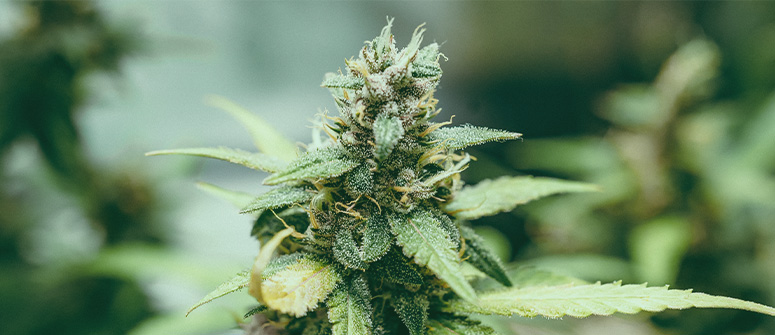
Now, heirloom cannabis strains are similar to landrace strains, except the former are cultivated out of the strain’s natural habitat and are maintained by growers. So, for example, an Afghan Kush landrace stabilised and maintained in the Netherlands is an heirloom strain.
A polyhybrid strain is therefore a mixture of heirloom genetics. Initially, these hybrids might have been a direct cross between, for example, Afghan Kush and Thai. These days, however, they can be incredibly complex, and identifying the exact genes they contain might be difficult. Make no mistake, though, they will be there!
What does “F1 hybrid” mean?
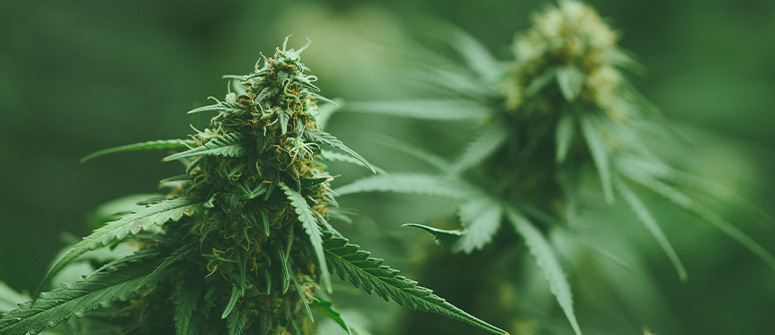
An F1 hybrid is the offspring of two genetically stable parents of different strains.
Another way of putting it is that an F1 hybrid has a genotype made from two distinct but stable genotypes. F1s are usually bred in order to enhance or promote a certain characteristic or set of characteristics, and the parents are chosen because they appear to be a good match (for instance, one might produce large yields while another produces a high concentration of THC).
In order to properly understand F1 hybrids, we must understand a few terms surrounding breeding and genetics.
Inbred lines
Breeders inbreed cannabis plants to lock in genotypes and limit phenotypic expression.
For instance, if you took two unstable plants and bred them, the offspring could be very versatile, with some plants exhibiting one set of characteristics and others exhibiting another. However, if you breed two inbred plants together, the offspring should be homogenous.
In order to capture desired traits, the siblings with the most desirable traits must be bred together, generation after generation.
This causes the alleles in the plants to become homozygous. Alleles are responsible for genes being expressed. In humans, eye colour is determined by alleles, and each gene is made of two alleles. For instance: aa, Aa, aA, or AA. Offspring with the same parents can have different allele pairings, meaning that each will be different.
Homozygous plants have the same allele pairings. For instance: aa or AA. Inbred, stable plants are homozygous.
F1s and hybrid vigour
Again, F1 hybrids are created to enhance certain characteristics—this is known as hybrid vigour.
This process is known as heterosis (formerly heterzygosis). When a plant has different alleles (aA or Aa), they tend to be more vigorous, robust, exhibit faster growth, and often perform generally better (at least in terms of cultivation).
So while eventually breeders will want to stabilise hybrids, the initial goal is to diversify a plant’s genetic content in order to promote or enhance certain traits.
F1 hybrids vs polyhybrids
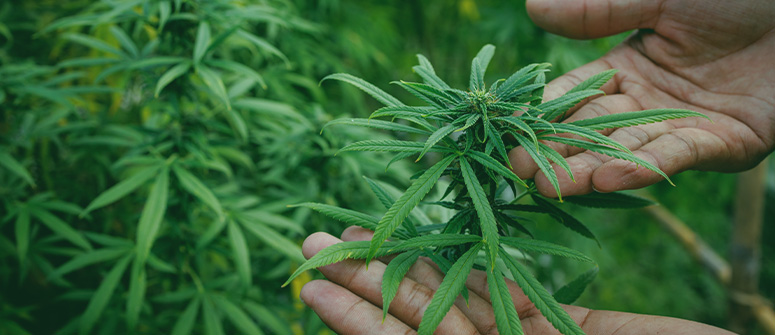
An F1 hybrid plant derives from parents with stable genotypes—i.e. both parents come from an inbred line. These could be heirloom or simply stable hybrid strains. One of the reasons F1 hybrids are so valuable is that every seed will produce an almost identical plant. However, without certain breeding practices, this uniformity will not pass onto later generations.
The reason that F1s are so similar is because both of their parents are homozygous, meaning that they each offer up stable genetics.
A polyhybrid, on the other hand, has at least one F1 parent. Due to this, they are much less stable and predictable, as the F1 does not have stable genetics. Polyhybrids are great for experimentation, as the genetic diversity is broad and they can exhibit unexpected and desirable traits.
On the other hand, polyhybrids are not the most reliable way to tease out desired traits, as it can be very difficult to predict how plants will turn out due to the genetic variety.
How can you grow F1 hybrids at home?
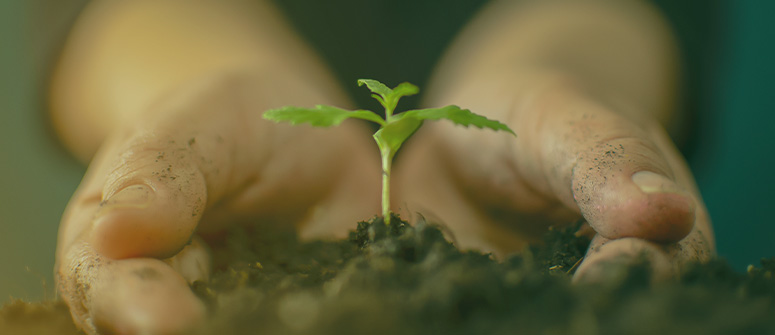
It is possible to grow your own F1 hybrids at home. In fact, it’s not too difficult. Up to this point, F1s were mostly used in breeding. Now, however, true F1 cannabis seeds are beginning to enter the market, offering growers a new degree of uniformity and vigour.
For those looking to create their own F1 genetics, however, all you need are two stable, inbred lines. Any high-quality cannabis seeds bought from a reputable seller will suffice. Your best bet is to choose two that exhibit desirable characteristics that you would like to blend together. That being said, it can be hard to know how F1s will actually turn out.
Bear in mind that without backcrossing and inbreeding, you won’t create a brand-new, stable strain just by creating an F1. Without particular breeding practices going forward, desirable traits are unlikely to predictably pass onto subsequent generations. Therefore, it may be best to specifically seek out F1 seeds.
Note that some seed banks offer so-called F1 hybrid seeds, but it can be doubtful whether these are truly F1s or simply strains that are called “F1”. On the other hand, a select few companies are beginning to release true F1 hybrid seeds that display the hybrid vigour and stability you'd expect from these varieties. As such, make sure you know exactly what you're buying before pulling the trigger.
F1 hybrid cannabis: The importance of knowing what it is
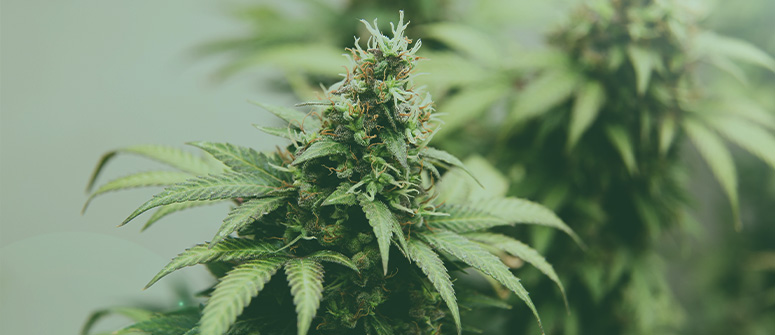
Seed banks throw terms like F1 around quite freely. But remember that, technically, F1 specifically refers to the first generation of offspring produced from two stable and distinct inbred strains. An F1 seed cannot produce more F1 seeds.
Whether you’re just interested in cannabis cultivation or want to dip your toes into the world of cannabis breeding, understanding what F1 hybrids are, especially in relation to conventional polyhybrids, is a key piece of knowledge. Furthermore, as genuine F1 hybrid seeds begin to enter the market, it's important to understand what this development means for the cannabis industry as a whole.




